| | It’s time to get started with seeds for fall and winter crops. If you’ve never started seeds or are still mystified with the germination process, here’s what works for me. The many wonderful edible choices to start now include beets, bok choy, broccoli, Brussels sprouts, cabbage, carrots, cauliflower, celery, chard, chervil, chives, collards, endive, garlic, kale, kohlrabi, leeks, lettuce, green onions, short-day bulb onions (like Grano, Granex, and Walla Walla), parsley, parsnips, peas, white potatoes, radishes, spinach, and turnips. Starting Seeds In the Ground or In A Container? Seeds that have taproots – like carrots, parsley, parsnips – should be started where they will mature so the root can grow straight and long. The tap root is many times longer than what you observe as the above-ground portion, so if started or purchased in containers it will get curly and perhaps even stunt the growth of the plant. So, save these for starting in the ground where they will mature. Starting Seeds In The Ground
Starting Seeds In Small Containers To Be Transplanted Later
|
|
4 Comments
Yvonne
9/20/2019 02:00:24 pm
Hi, Linda --
Reply
3/19/2020 11:47:22 pm
I am really impressed that you put together good and useful information on Garden plants
Reply
Yvonne Savio
3/20/2020 12:43:28 pm
Hi, Gangajal -- So glad that you can use my experiental info -- that's the whole point of my website's blog and other resources!
Reply
Leave a Reply. |
Categories |

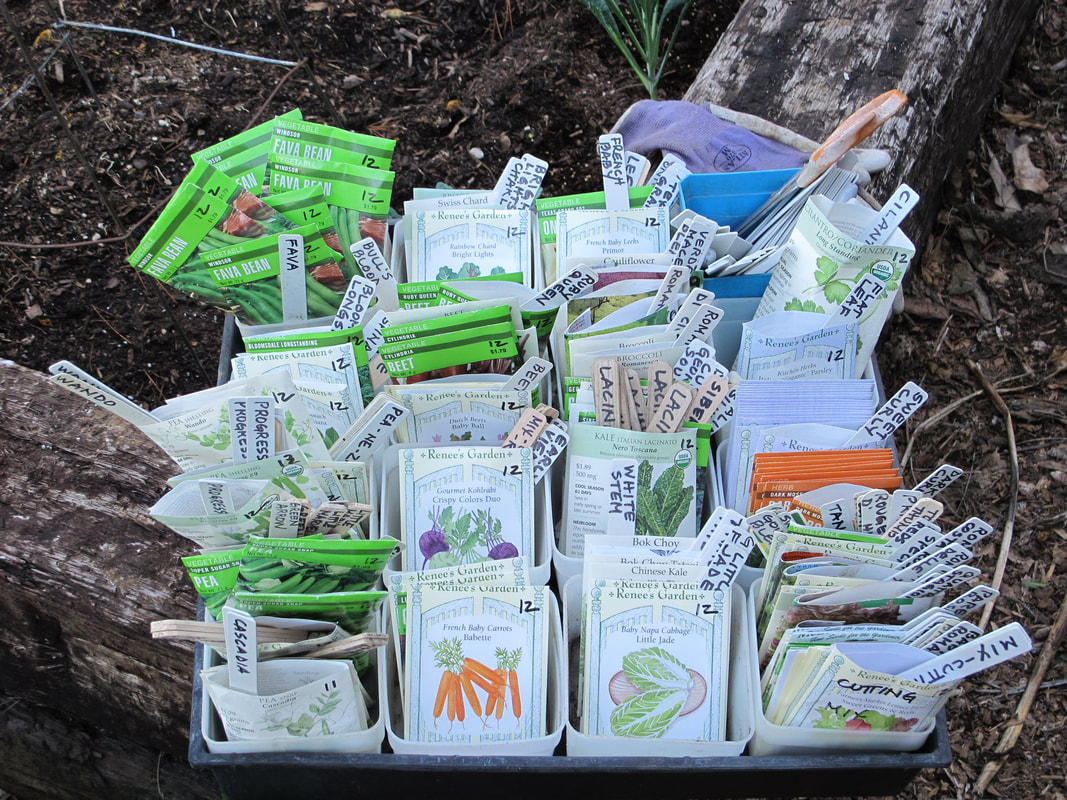
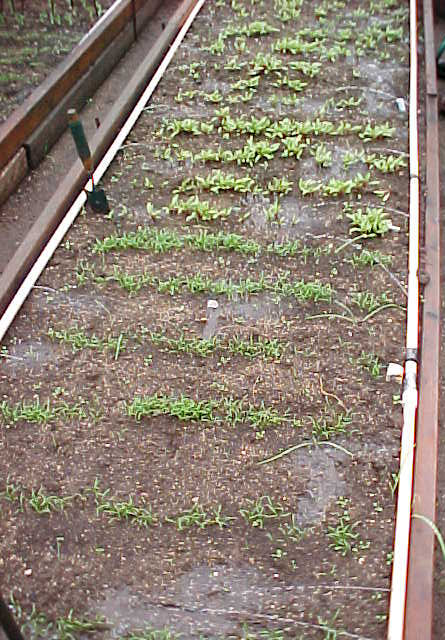
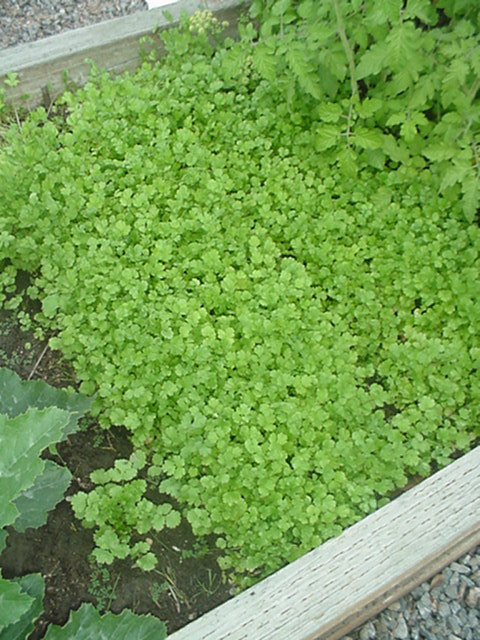
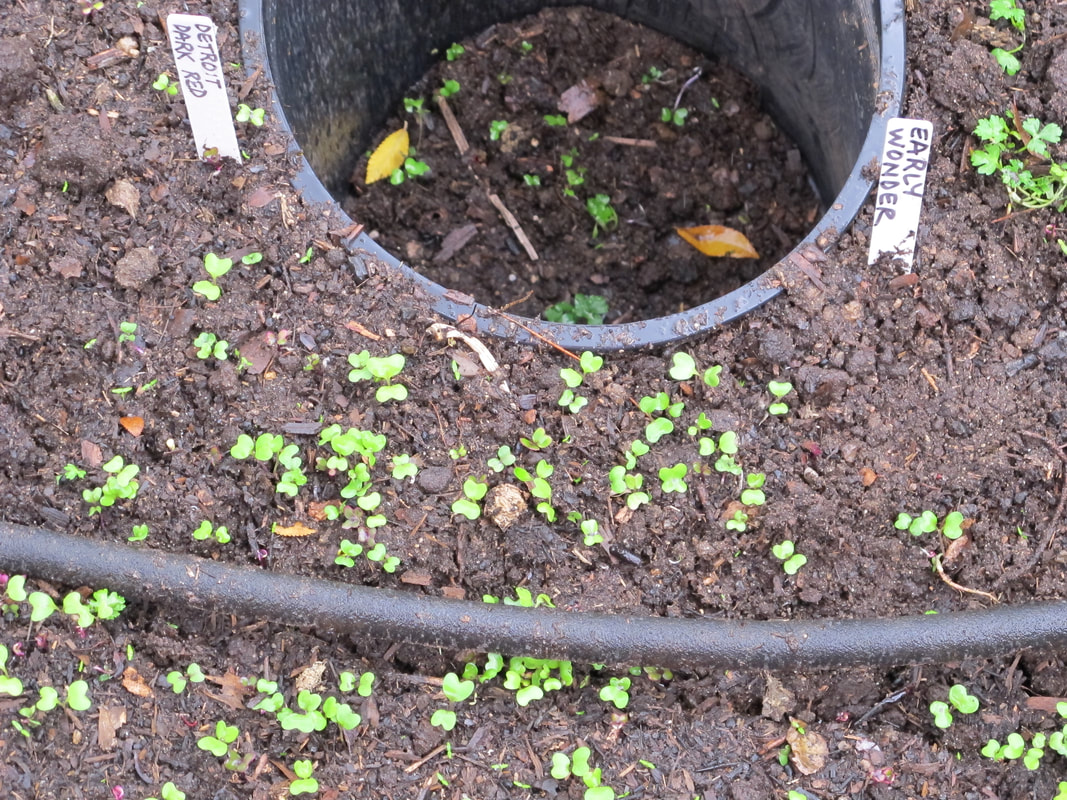
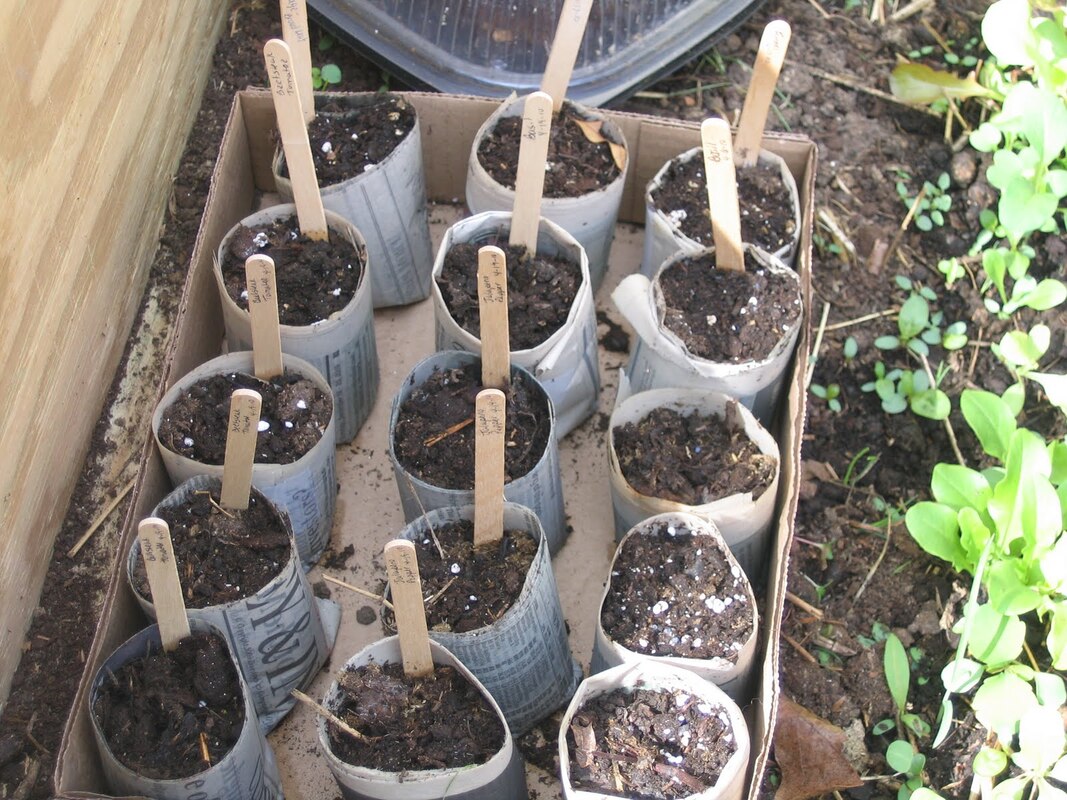
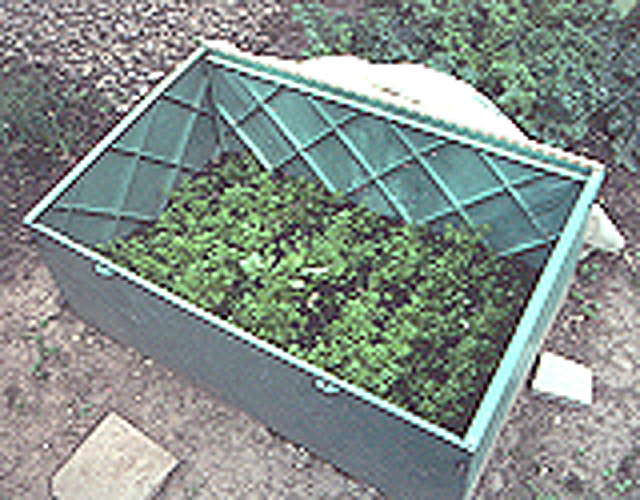
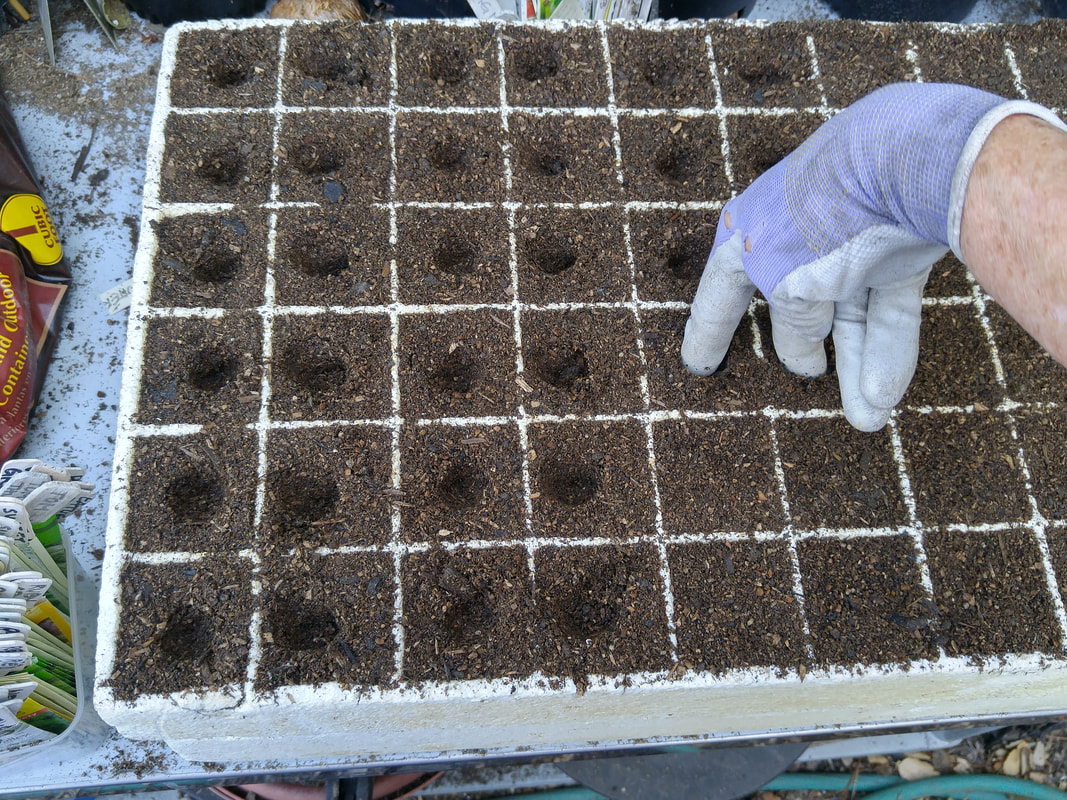
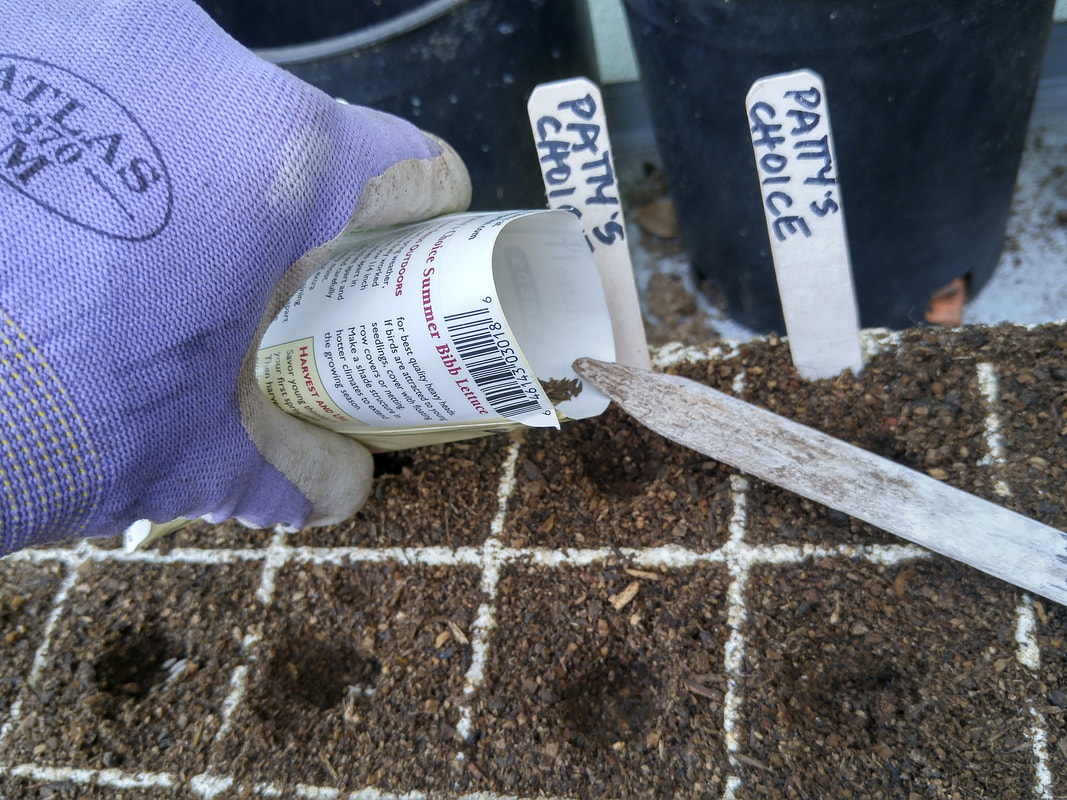
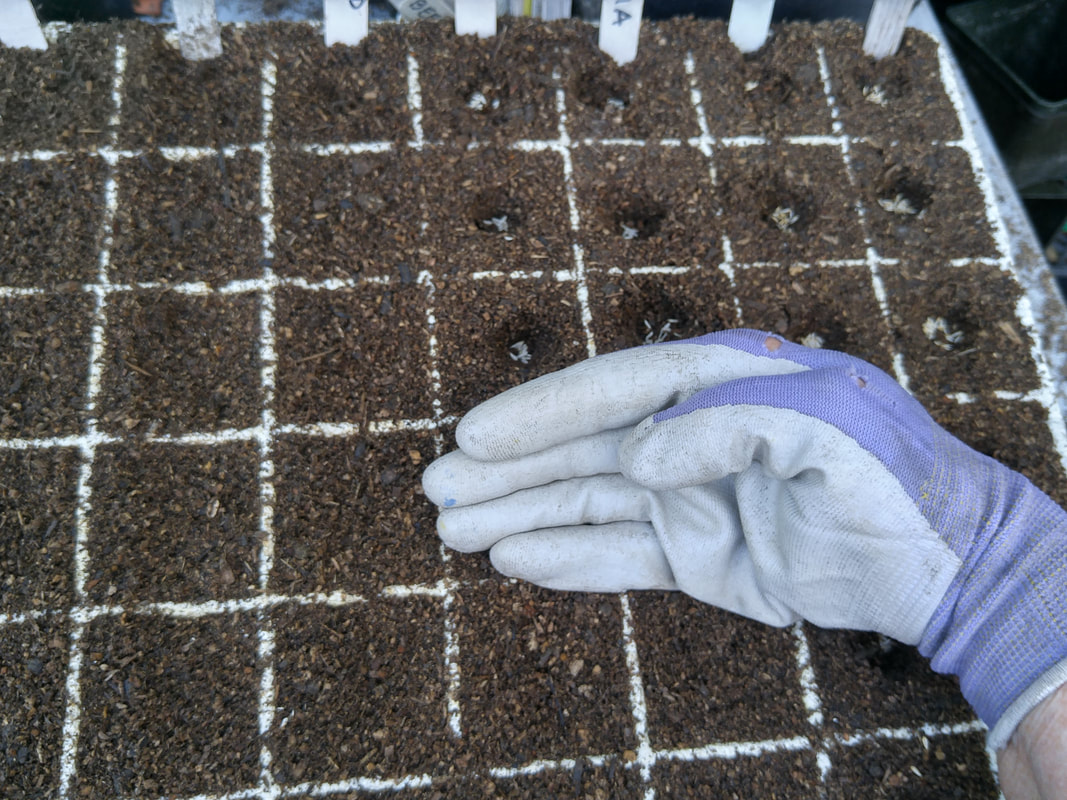
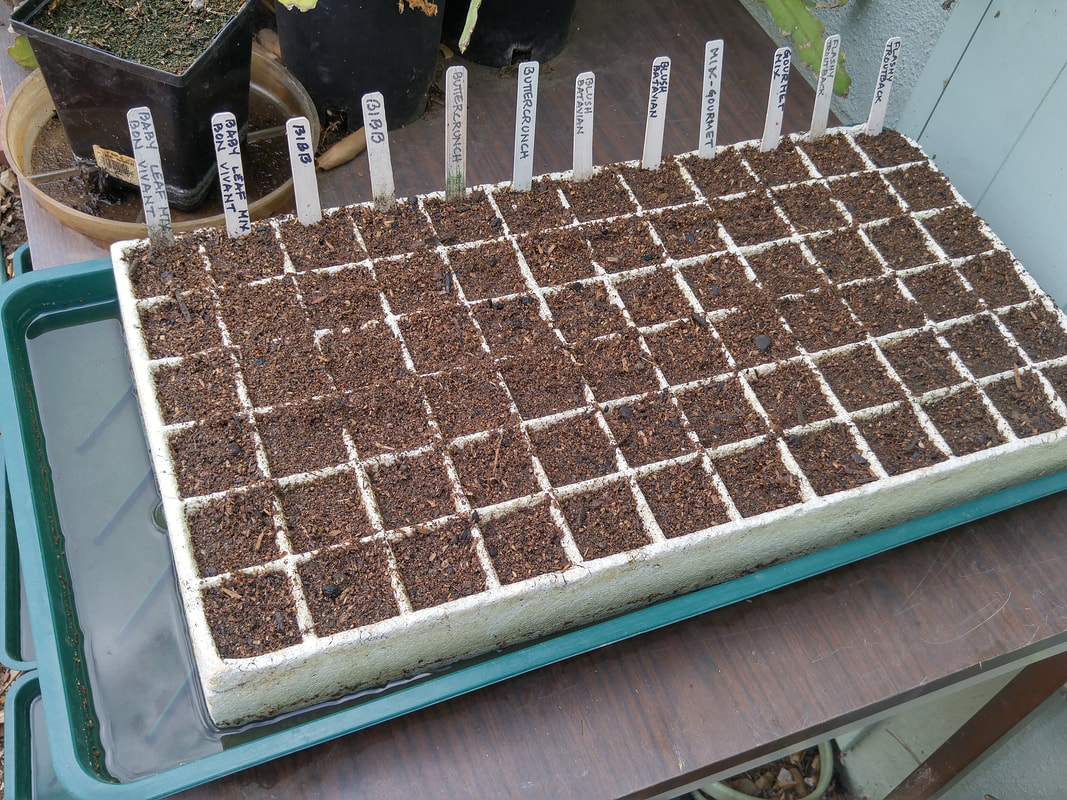
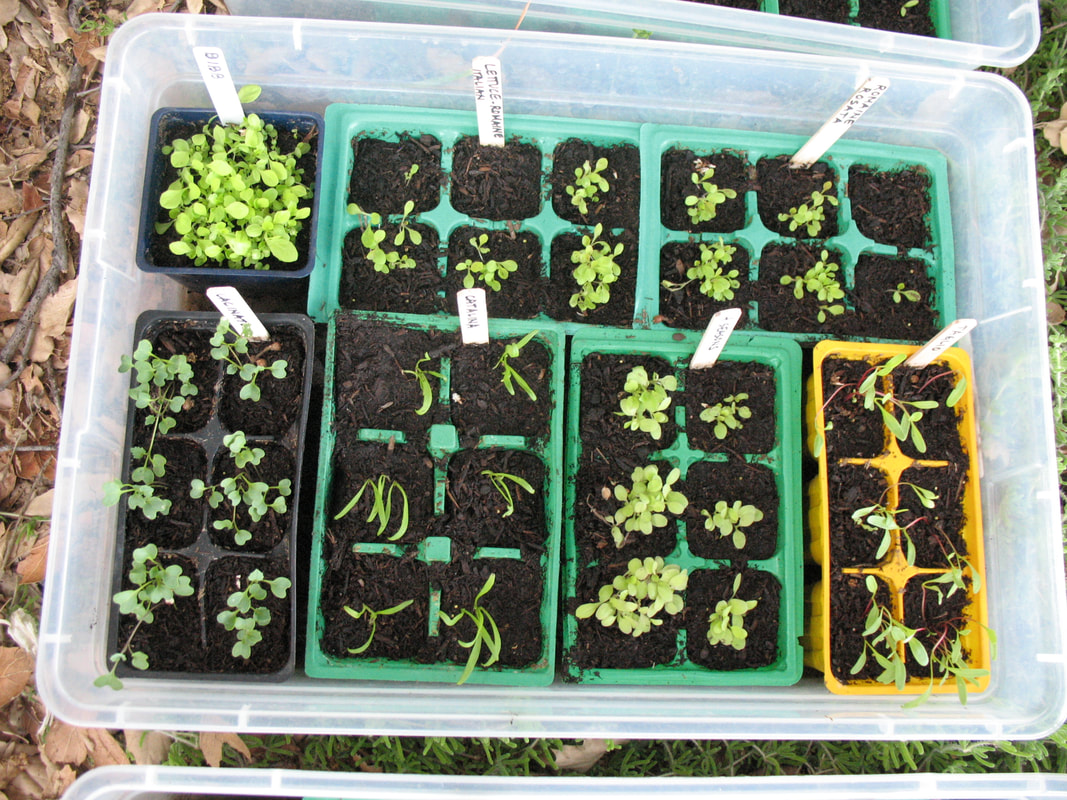
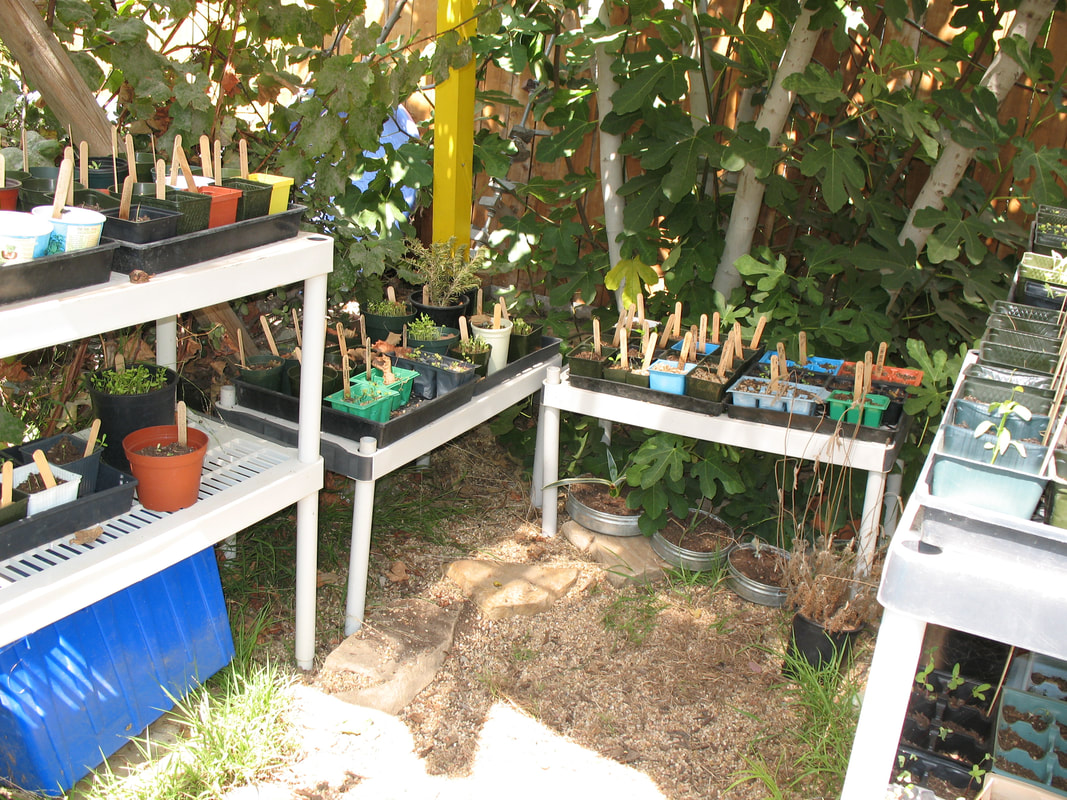
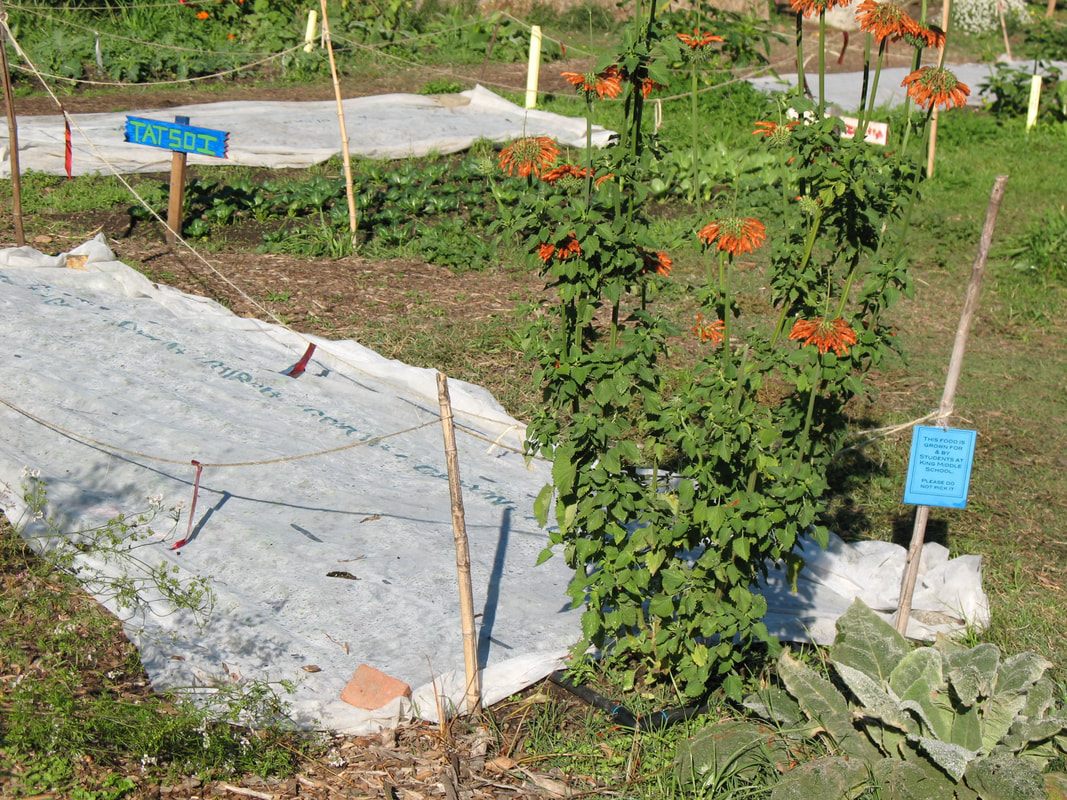
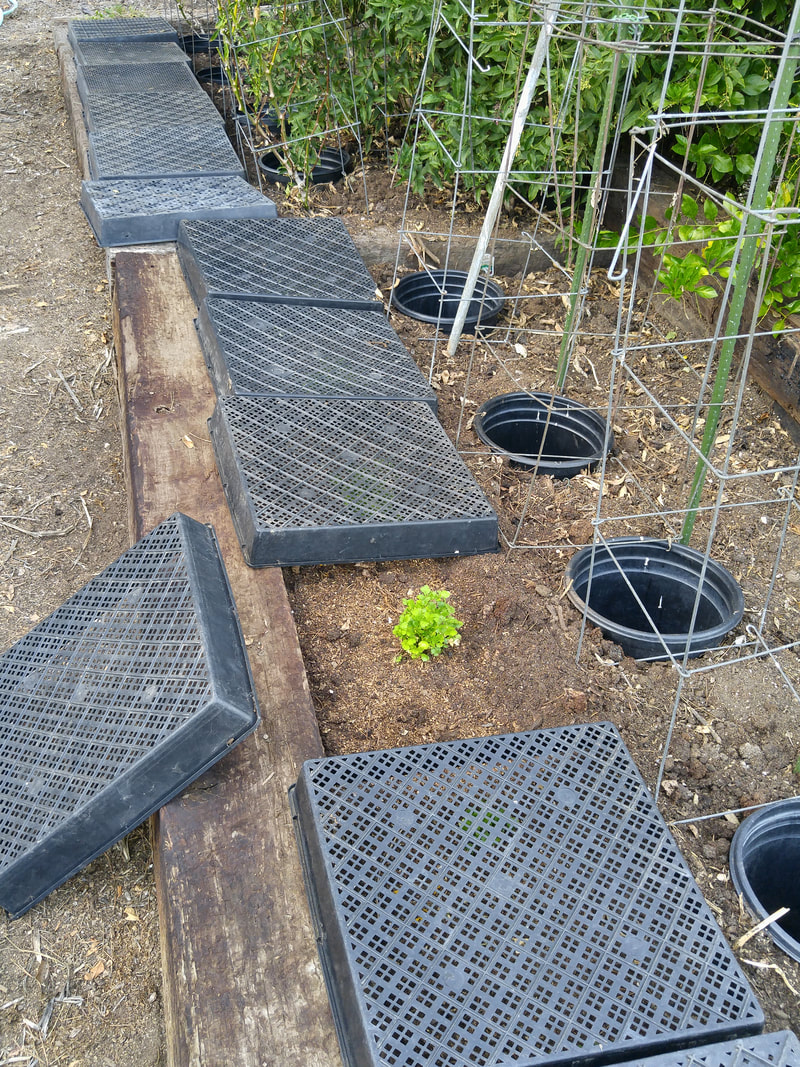
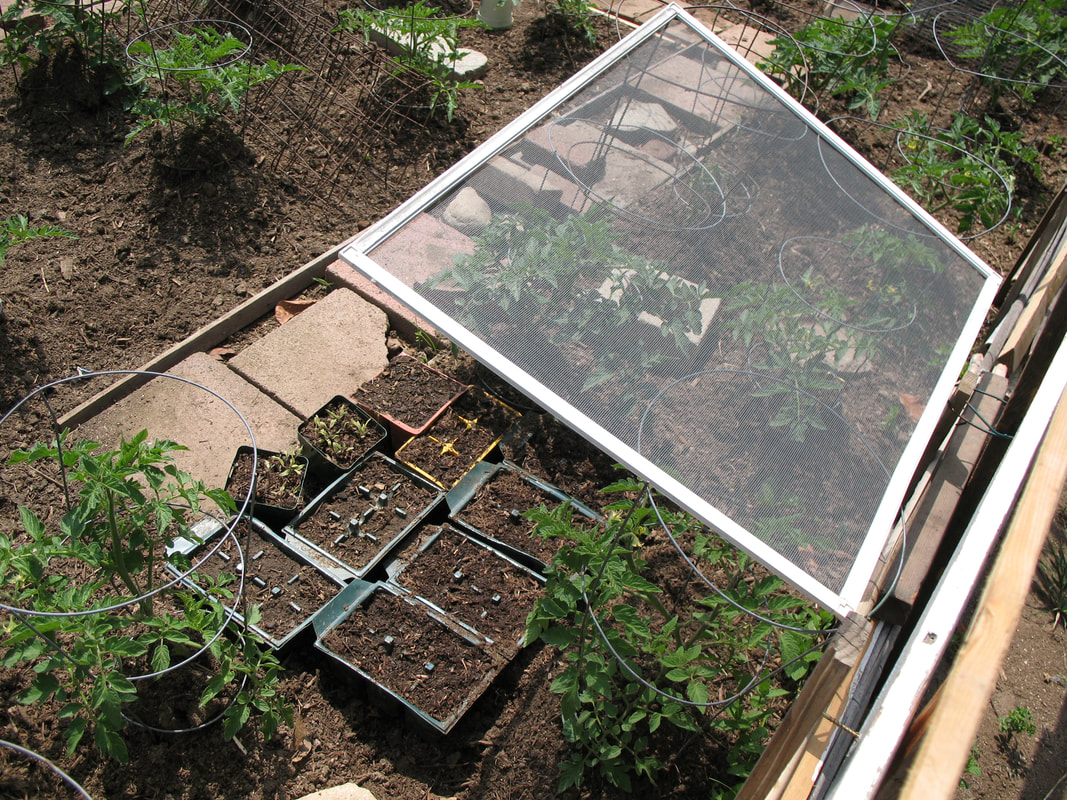
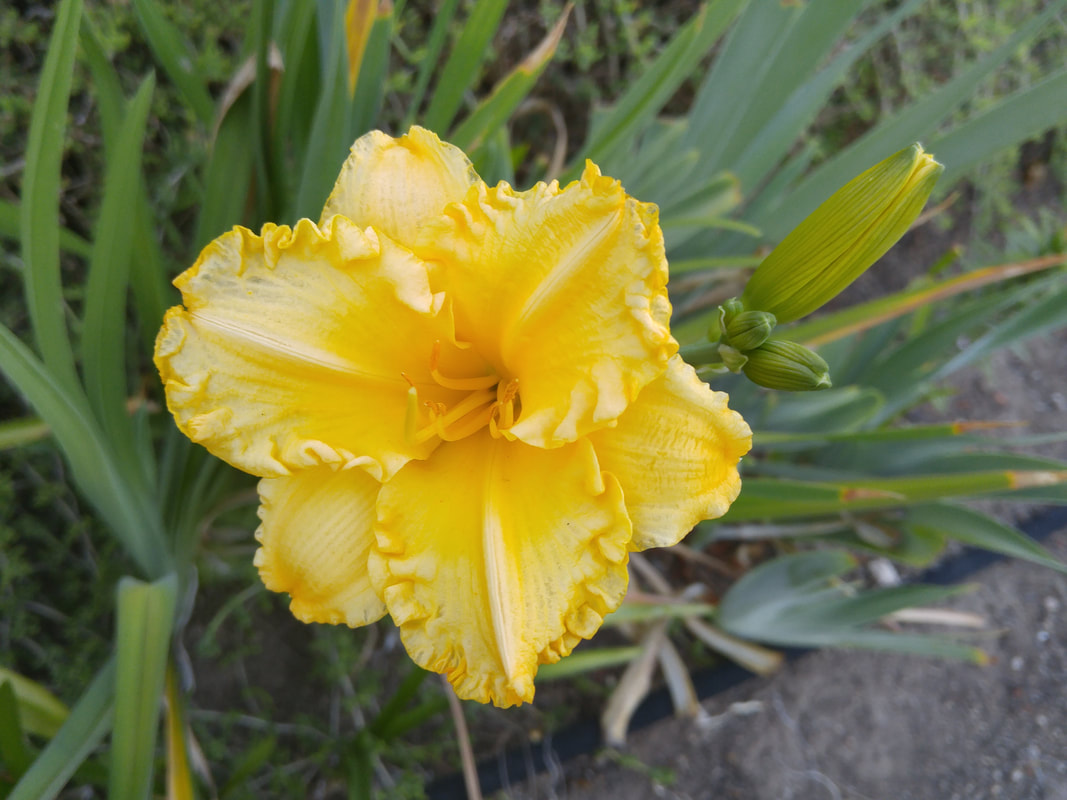
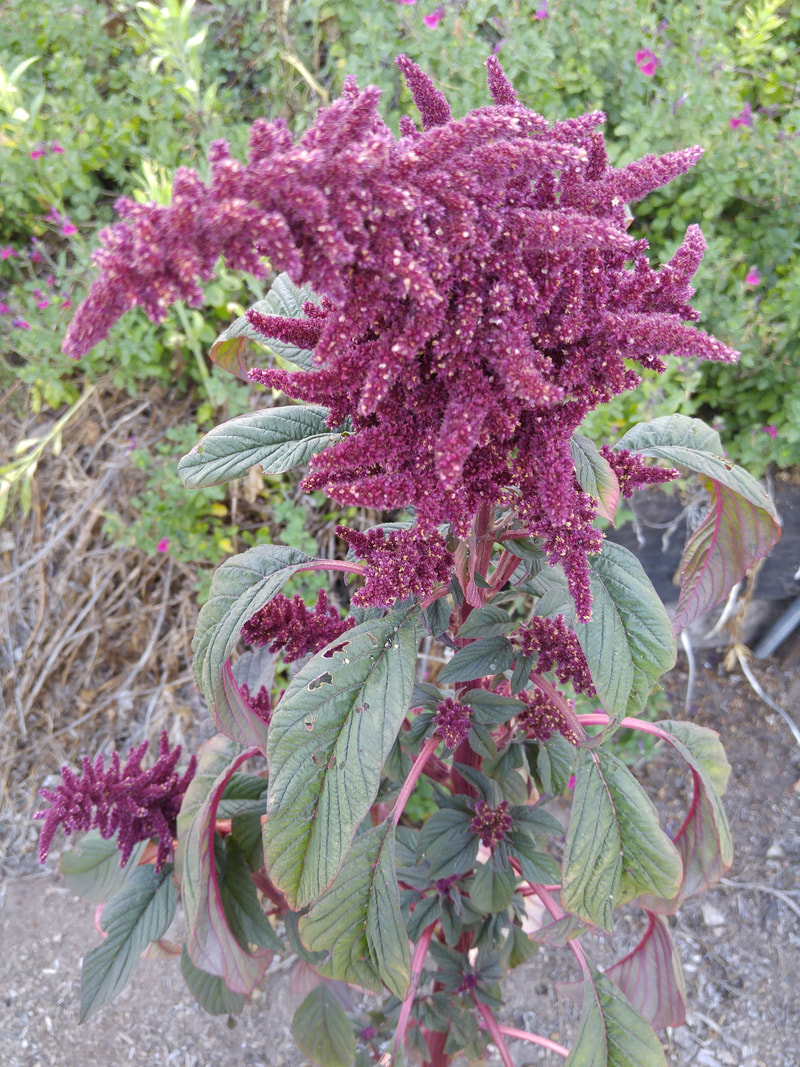
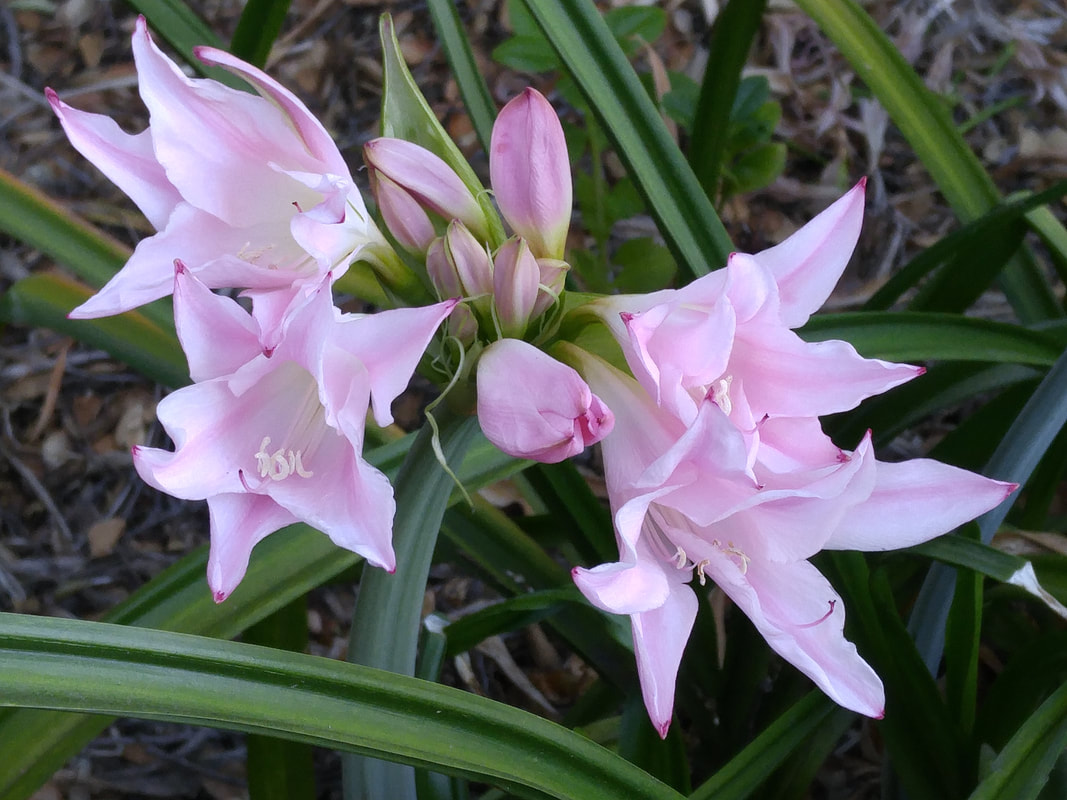
 RSS Feed
RSS Feed